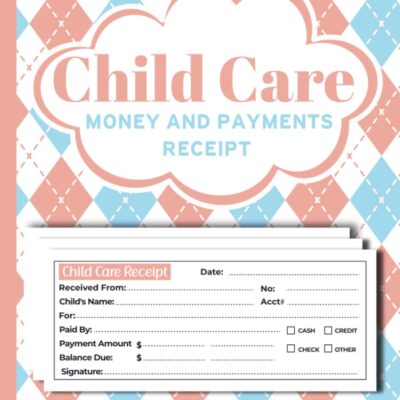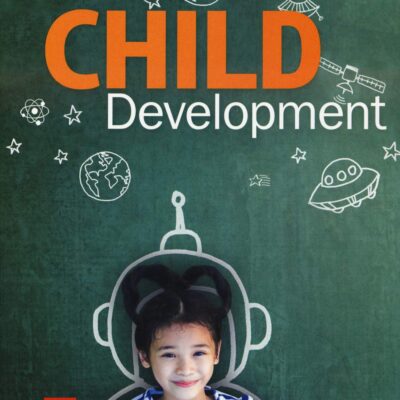As we step into the middle of the decade, it’s fascinating to look ahead and see how the swirling currents of culture, technology, and sustainability are reshaping the fashion landscape. Each year, fashion evolves, but 2025 promises to be a pivotal year, with trends that speak to our times and anticipate the future. From the rise of eco-conscious designs to the integration of AI in garment creation, the following trends are set to define the very fabric of our wardrobes in the coming years.
1. Sustainability as a Norm
If there’s one theme that’s become increasingly prominent, it’s sustainability. Once seen mainly as a niche concern, eco-friendliness is no longer just an option—it’s becoming a standard. By 2025, consumers will increasingly demand transparency from brands about their materials and production methods. Expect fashion houses to adopt innovative practices, such as using recycled materials and reducing water waste, as they strive to leave a smaller carbon footprint.
Notably, companies are looking at regenerative practices, which not only aim to minimize damage but also restore ecosystems and support communities. We might see more brands partnering with organizations that focus on regenerative agriculture for their fabric sources, bringing us sustainable options like organic cotton or hemp.
2. The Rise of Digital Fashion
Digital fashion is on the brink of a significant breakthrough. With the growth of virtual reality (VR) and augmented reality (AR), fashion is entering a new realm—one where garments exist only in the digital realm. By 2025, expect to see more brands creating ‘digital-only’ collections, allowing consumers to try on clothes virtually and even wear them in their online avatars.
This trend is not just about aesthetics; it’s a response to the overconsumption and waste associated with traditional fashion cycles. Digital fashion can offer unique opportunities for self-expression without the environmental costs associated with physical garments. Moreover, with the rise of the metaverse, consumers will likely see opportunities to purchase high-end fashion pieces for their virtual lives, paving the way for a new convergence of the physical and digital worlds.
3. Comfort-Centric Chic
Comfort has been a strong focus in fashion since the onset of the pandemic, and it’s not going anywhere. As we look toward 2025, expect to see the continued blending of comfort and style. Think luxe athleisure, oversized silhouettes, and breathable fabrics.
Designers will focus on creating pieces that can take you seamlessly from a day at home to a night out. Materials that allow for movement without compromising style—like stretchy fabrics that are both chic and comfortable—will reign supreme. Furthermore, gender-fluid styles will gain traction, allowing everyone to express themselves without the constraints of traditional gender norms. Unisex collections will flourish, making fashion more inclusive and accessible.
4. Tech-Infused Fashion
Technology is infusing itself into every aspect of our lives, and fashion is no exception. By 2025, smart textiles—fabrics that incorporate technology—are expected to take off. Imagine clothing that monitors your health metrics, adjusts to temperature changes, or even charges your devices on the go.
Wearable tech is being embraced not just for its functionality but also for its aesthetic appeal. Fashion-forward designs will surround these innovations, ensuring that looking good and being tech-savvy go hand in hand. Think stylish jackets with built-in heating elements or dresses that can change color based on your mood—tech-infused fashion will blend seamlessly into our daily lives.
5. Nostalgia and Y2K Revival
As fashion often cycles through trends, nostalgia is rearing its head again, particularly for the late ’90s and early 2000s aesthetics. In 2025, these throwback styles will be ubiquitous, characterized by vibrant colors, unique patterns, and accessories that evoke a sense of playfulness.
From low-rise jeans to bucket hats and platform sneakers, the Y2K revival is likely to permeate mainstream trends. While nostalgia brings comfort, it also provides an opportunity for designers to reinterpret and merge these elements with modern sensibilities, creating a fresh yet familiar look.
6. Localism and Artisanal Craft
As a counter-response to globalization and fast fashion, there’s a growing appreciation for localism. By 2025, we may witness a shift towards supporting local artisans and small brands. Consumers are becoming more conscious of where their clothes come from, leading to a renewed interest in slow fashion—a celebration of handcrafted techniques and local materials.
We can expect a flourish of small boutiques and pop-up shops that emphasize quality, craftsmanship, and authentic stories behind the products. This trend not only reflects a desire for unique, one-of-a-kind items but also supports regional economies and cultures.
7. Color and Prints for a New Era
After years of minimalist design dominating the scene, 2025 is likely to embrace a kaleidoscope of colors and prints. Bold hues, eclectic patterns, and playful motifs will break free from subdued palettes, bringing vibrancy back into the world of fashion.
Expect to see clashing prints—think florals paired with stripes or bright color blocks in unconventional combinations. Designers may draw inspiration from the digital world, creating pieces that reflect the fast-paced, attention-grabbing aesthetics of social media. Enhanced colors and innovative printing techniques will revolutionize fabric design, allowing for limitless creative expression.
Conclusion
Fashion is a captivating reflection of our society, and as we journey through 2025, the trends on the horizon showcase our growing commitment to sustainability, technology, and inclusivity. As consumers become more conscious of their choices, fashion will continue to evolve, merging comfort with style and embracing the beauty of expression.
By embracing the trends laid out for us, we can expect a vibrant fashion landscape that is not only forward-thinking but also meaningful—a canvas that tells the story of our times while thoughtfully envisioning a better future. So, as we prepare to fill our wardrobes for the coming seasons, let’s look not just to the trends, but to the principles that will guide us toward a more innovative and sustainable future in fashion.






